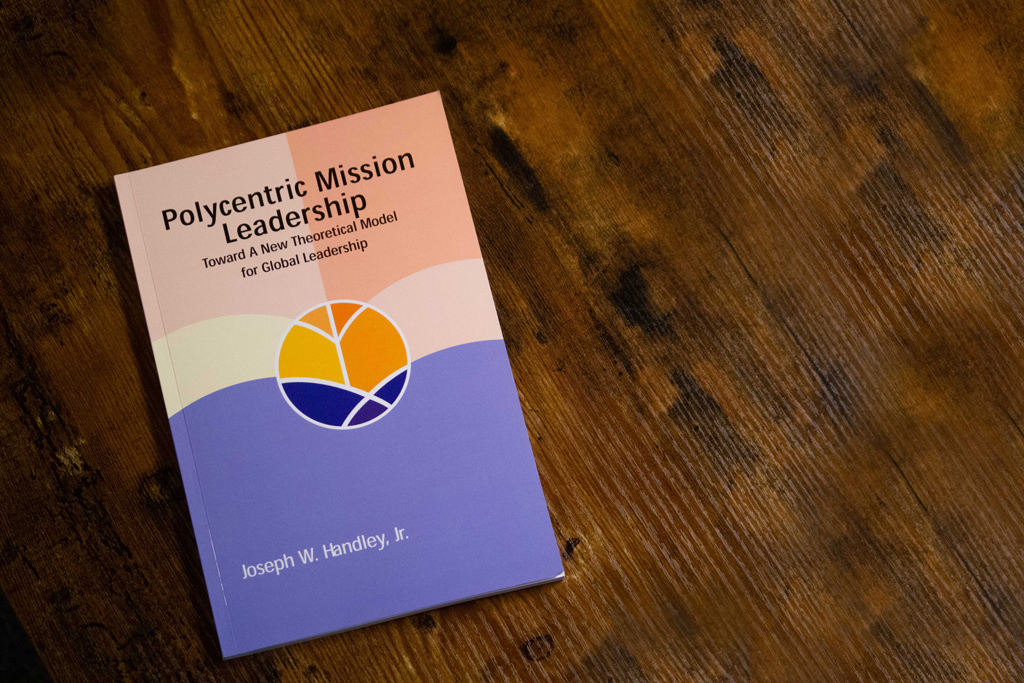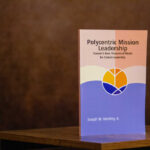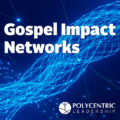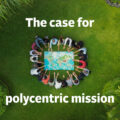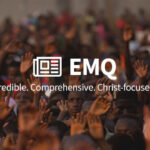Dr. Jason Tan
The author of Polycentric Mission Leadership, better known as Joe Handley, is the president of A3 and was the founding director of Azusa Pacific University’s Office of World Mission. He also served as lead mission pastor of Rolling Hills Covenant Church and a co-catalyst for the Lausanne Movement in Leader Development. Recently, he was invited to join a new global initiative for multiplying Christian leaders called the Galilean Movement. All these ministries provided a myriad of leadership scenarios relevant to the context of his experience and reflection on missional leadership.
The thesis of the book builds on a conceptual approach to understanding mission history through the lens of polycentric missiology as developed by Allen Yeh (p.16ff). Handley envisions a leadership model called Polycentric Mission Leadership characterized by the following values, “collaborative, communal, diverse, free, relational, and charismatic” (Chapter 4). He believes that these leadership ideals foster a “rich diversity of sources” that lead to “better and more representative outcomes than the traditional top-down hierarchical” leadership approach (Chapter 1, p. 7). This leadership model could address the “centralized or statist” approach to mission leadership and governance that are ineffective given our current complex reality (Chapter 1, p.6).
The book also provides an overview of recent thoughts and development on the concept of polycentrism (chapter 2), a comparison of various leadership models that point toward a need for a better model (chapter 3), and an interview describing the extent and impact of polycentric leadership among global leaders with the Lausanne Movement (chapter 5). Finally, in chapter 6, Handley concludes by articulating the strengths and weaknesses of his proposed model and offers areas for more research and development.
Polycentric Mission Leadership is a welcome idea in this multicultural and multidisciplinary context of the global church. This approach to leadership invites people at the periphery to come and participate in decision-making and governance. Voices from majority-world contexts are frequently drowned by the competing voices situated in the center of power. Yet, these voices from the margins are often more sensitive to the realities on the ground. The global church cannot afford to turn deaf ear to those who understand what it means to be a Christian witness beyond the four walls of the church.
One weakness of the study was the lack of sociocultural elements that may inform such a model. The model may work within a low-power distance community or organization, but one wonders if it would be accepted in a traditionally high-power distanced society.
Given the complex reality that the global church faces today, mission organizations and denomination can no longer rely on the wisdom of a few individuals deciding for the future of any ministry, we need the wisdom of the whole community if we are to survive in this present age. This can only happen when multinational Christian organizations are willing to be “collaborative, communal, diverse, free, relational, and charismatic,” in their community. This book is a recommended reading for those engaged in missional leadership.
Reviewer
Jason Richard Tan, Ph.D.
Faculty, Intercultural Studies Program
Asia Graduate School of Theology-Philippines
More Information
Published here with permission from Asia Missions Association.
